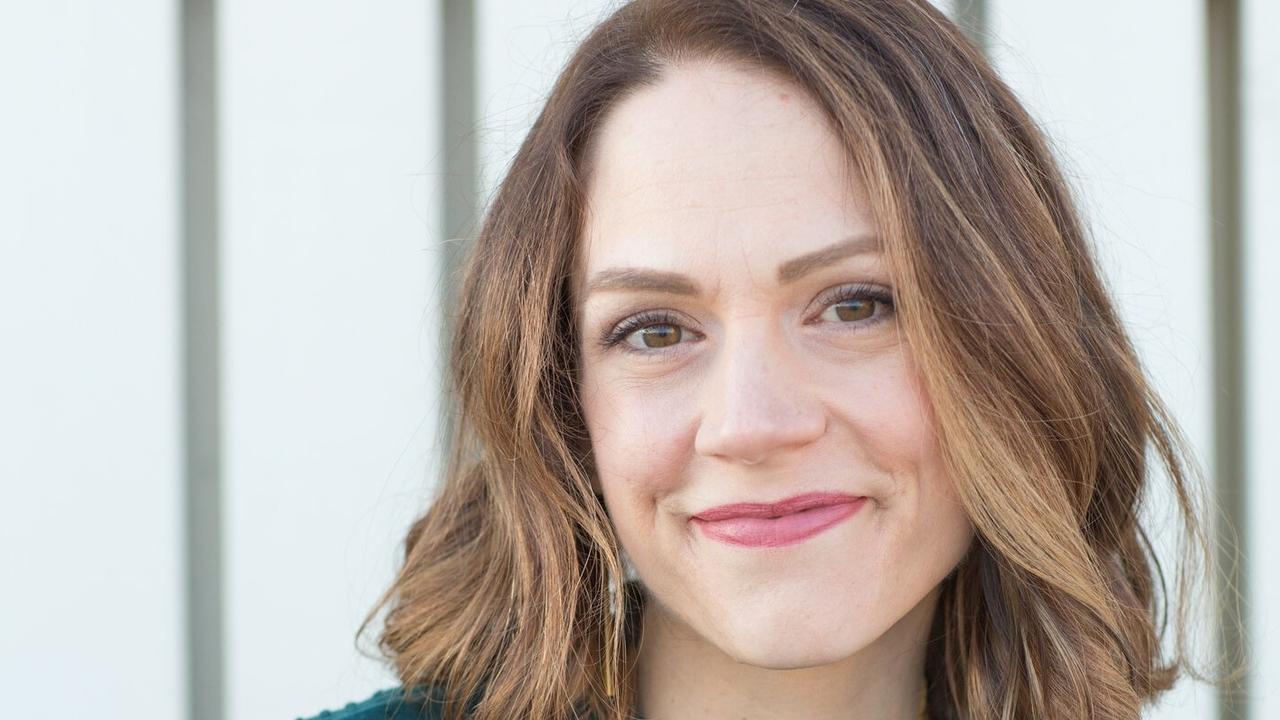Why Fear Needs Tenderness

Click here to listen to the audio version of this blog post.
A few weeks ago, I was in the process of writing about fear and the unknown.
Ironically, that work was interrupted when my focus shifted to historic wildfires within miles of our home, and, once again, things were unknown and worrisome.
There were a couple of nights where it was hard to sleep. I laid in bed and thought, “Here we go again!” and noticed the familiar uneasy feeling.
The weird thing is that I found a little comfort in knowing that I wasn’t alone.
Many of us are feeling varying degrees of fear or unease right now for a variety of reasons. It might be mild fear that shows up as overwhelm and trouble focusing. Or, it might be an intense fear that makes it hard to sleep at night.
SO WHAT DO WE DO WITH THIS?
Do we put off feeling good until things get better?
Or, ignore the fear and keep going?
Or, try to control every aspect of the unknown so that it feels less unknown?
These approaches usually create more stress, fear, and frustration, so let’s do something differently.
Let’s turn inward, toward the fear and greet our fear with tenderness.
Not trying to hustle our way out.
Not ignoring it.
Not making it wrong.
Because, sometimes, as you well know… we can’t. Where is there to go?
This reminds me of something Pema Chödrön wrote in When Things Fall Apart:
“Sometimes… we are cornered; everything falls apart, and we run out of options for escape. At times like that, the most profound spiritual truths seem pretty straightforward and ordinary. There’s nowhere to hide. Sooner or later we understand that although we can’t make fear look pretty, it will nevertheless introduce us to all the teaching we’ve ever heard or read.”
What if, as Chödrön suggests, fear became like a spiritual teacher pointing toward truths within us?
That doesn’t necessarily make fear or the unknown a pleasant or desirable experience for me, but it does help me have the courage to approach my fears with a little more curiosity and kindness.
Here’s how this might look in practice:
1 ) So, you’re feeling afraid. You might notice a tightness in your chest or a busy mind or feeling overwhelmed.
PAUSE for a second and notice what the fear feels like and ask yourself if you can just notice what the experience of fear is like.
This isn’t easy, okay. Sometimes this can take me a few tries, so what I’ll often do is even imagine the fear within me like a scared animal or child that I’m witnessing within me.
2) Then, think of the kindest thing that you can say to that fear inside you. If you’re stumped, think of what you might say to a scared child and then say that to the fear within you.
Again, I get it if it seems scarier to turn toward fear, but that’s why kindness and tenderness are so important.
Kindness and tenderness might not be easy either, and that’s okay. Try saying things as simple as, “I know that you’re afraid, and it’s okay. It’s okay. This is scary, but it’s okay.”
This type of kind of language doesn’t deny the fear, but it aims to soothe it.
I notice that when we do this type of exercise, it’s like there’s a split within us:
There’s the scared one. And the wise one with tenderness.
I so love the word “tenderness.” Just the word alone seems to relax me and help me feel connected to my wise one within.
I’ll use that word, “tenderness” as a tool to help me focus toward that wise one within.
Notice what the wise, tender voice says to you. Perhaps there’s one word that sticks out that you can repeat to yourself that helps soothe you and your fears (I love that word “soothe”).
Single words pointing us toward the immense power of tenderness.


